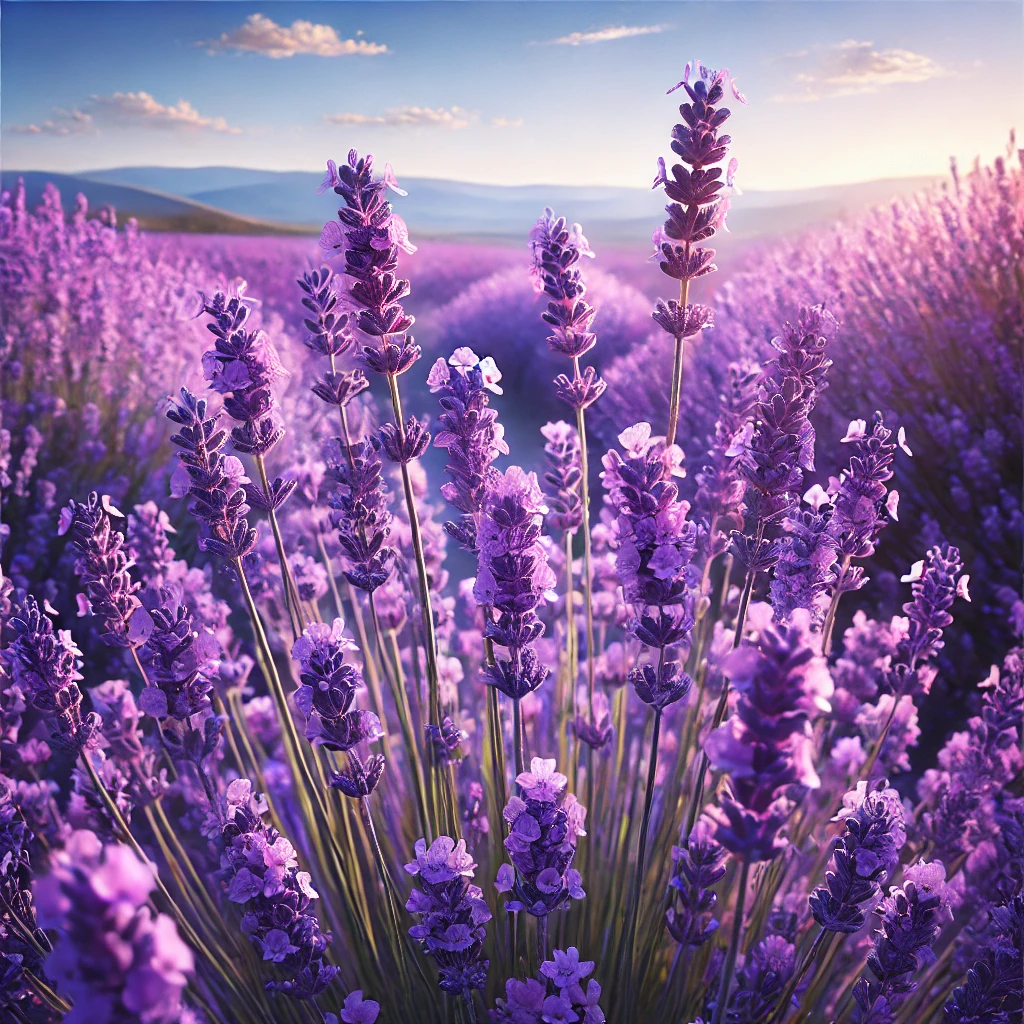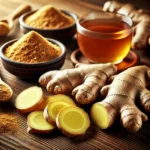Colour:cckmvfcmc3m= lavender is not just a beautiful and fragrant plant, but it has been used for centuries for its various medicinal, culinary, and cosmetic purposes. In this comprehensive guide, we will explore everything you need to know about lavender—from its different varieties and uses to how to grow it at home. Whether you’re looking to improve your garden, enhance your wellness routine, or learn more about lavender’s numerous benefits, this article will provide all the information you need.
Table of Contents
What is Lavender?
Lavender is a genus of around 47 species of flowering plants in the mint family, Lamiaceae. It is native to the Mediterranean, Middle East, and India but is now grown worldwide. The plant is recognized for its violet-blue flowers and a distinctive aroma that is often used in essential oils and perfumes. Colour:cckmvfcmc3m= lavender Lavender is highly versatile and can be used in various forms, such as dried flowers, oils, and extracts. Colour:cckmvfcmc3m= lavender
The History of Lavender
Colour:cckmvfcmc3m= lavender Lavender has been used for over 2,500 years in various cultures. The ancient Egyptians used lavender in mummification, while the Romans incorporated it into their baths, beds, clothes, and even in food preparation. In Medieval Europe, lavender was believed to ward off evil spirits and was also used as a disinfectant during the Black Death. Colour:cckmvfcmc3m= lavender
The Most Popular Types of Lavender
1. English Lavender (Lavandula angustifolia)
English Lavender is the most popular type, known for its sweet fragrance and its use in essential oils and perfumes. It is a hardy variety that can survive in colder climates. Colour:cckmvfcmc3m= lavender
2. French Lavender (Lavandula dentata)
French Lavender is best suited for warm climates and is often used as an ornamental plant due to its unique serrated leaves and slightly less intense aroma compared to English Lavender. Colour:cckmvfcmc3m= lavender
3. Spanish Lavender (Lavandula stoechas)
Spanish Lavender is easily recognizable by its pinecone-shaped flowers topped with bunny-ear petals. It is more drought-resistant and grows well in hot, dry climates. Colour:cckmvfcmc3m= lavender
4. Lavandin (Lavandula x intermedia)
A hybrid between English and Portuguese Lavender, Lavandin is often used in commercial products due to its large, fragrant flower spikes and higher oil yield.
Lavender’s Health Benefits
Lavender is known for its therapeutic properties, offering a wide range of health benefits. Here are some of the top ways lavender can improve your health:
1. Stress Relief
Lavender essential oil is widely used in aromatherapy to reduce anxiety and stress. Its calming properties can help soothe the nervous system, promoting relaxation.
2. Sleep Aid
Lavender is often used to improve sleep quality. Colour:cckmvfcmc3m= lavenderIts scent is known to promote deep and restful sleep, making it a popular choice for use in diffusers or pillow sprays. Colour:cckmvfcmc3m= lavender
3. Pain Relief
Lavender has anti-inflammatory properties that can help alleviate pain. It’s often used in massage oils to relieve muscle soreness, joint pain, and headaches.
4. Skin Care
Lavender oil has antimicrobial and anti-inflammatory properties, Colour:cckmvfcmc3m= lavender making it a popular ingredient in skincare products. It can help treat acne, eczema, and other skin conditions. Colour:cckmvfcmc3m= lavender
5. Wound Healing
Lavender oil is often applied to cuts, burns, and other skin injuries to promote faster healing and prevent infections.
Culinary Uses of Lavender
Lavender isn’t just for beauty and wellness—it’s also used in cooking. Lavender flowers and leaves can be used to flavor dishes, especially in Mediterranean cuisine.
1. Lavender Tea
Lavender tea is a popular beverage that can help calm nerves, reduce stress, and promote relaxation. It can be enjoyed hot or cold and is often combined with other herbs like chamomile or mint.
2. Lavender in Baking
Lavender can add a subtle floral flavor to baked goods such as cookies, cakes, and bread. Be sure to use it sparingly, as its flavor can be quite strong. Colour:cckmvfcmc3m= lavender
3. Lavender-Infused Sugar
Lavender-infused sugar can be used in baking or as a sweetener for tea and coffee. Colour:cckmvfcmc3m= lavender Simply mix dried lavender buds with sugar and allow it to infuse for a week. Colour:cckmvfcmc3m= lavender
Growing Lavender at Home
Lavender is relatively easy to grow and can thrive in a variety of environments. Here’s how to grow lavender in your garden or indoors.
1. Choosing the Right Location
Lavender prefers full sun and well-drained soil. Make sure to plant it in a location where it will receive at least six hours of sunlight each day.
2. Watering Requirements
Lavender is drought-tolerant and should not be overwatered. Water the plant deeply but infrequently, allowing the soil to dry out between watering.
3. Pruning and Maintenance
Pruning lavender is essential to keep the plant healthy and to encourage new growth. Prune back about one-third of the plant in the spring, right before it starts growing for the season. Colour:cckmvfcmc3m= lavender
4. Pest Control
Lavender is naturally pest-resistant, but it can occasionally be affected by aphids or fungal diseases. Use organic pest control methods such as neem oil to keep pests at bay.
How to Harvest and Dry Lavender
Harvesting lavender is easy and can be done once the flowers are fully open. Here’s a step-by-step guide on how to harvest and dry lavender.
1. When to Harvest
The best time to harvest lavender is in the morning, after the dew has dried but before the heat of the day. This is when the oil content in the flowers is at its peak.
2. How to Cut the Stems
Use sharp scissors or pruning shears to cut the stems, leaving about one-third of the plant intact to promote regrowth.
3. Drying Lavender
Bundle the lavender stems together and hang them upside down in a dry, dark place for about two weeks. Once dried, the flowers can be removed from the stems and stored in an airtight container.
Lavender in Home Decor
Lavender can be used in a variety of ways to enhance your home’s decor.
1. Dried Lavender Arrangements
Dried lavender bouquets can add a rustic touch to your home decor. They look great in vases, baskets, or as part of wreaths.
2. Lavender Sachets
Lavender sachets are small fabric bags filled with dried lavender. They can be placed in drawers, closets, or under pillows to keep things smelling fresh.
3. Lavender Candles
Lavender-scented candles are a popular choice for creating a calming and relaxing atmosphere at home.
Lavender in Cosmetics
Lavender is a popular ingredient in a wide range of cosmetic products, thanks to its soothing and skin-enhancing properties.
1. Lavender Essential Oil
Lavender essential oil is a key ingredient in many skincare and haircare products. It can be used to soothe irritated skin, reduce dandruff, and promote hair growth.
2. Lavender Bath Products
Lavender bath bombs, soaps, and bath salts are widely used to create a relaxing spa-like experience at home.
3. Lavender Lotions and Creams
Lavender-infused lotions and creams can help soothe dry, irritated skin and promote a healthy complexion.
Lavender’s Role in Aromatherapy
Lavender is one of the most commonly used essential oils in aromatherapy due to its calming effects.
1. Lavender Diffusers
Using lavender essential oil in a diffuser can help reduce stress, improve sleep, and create a calm atmosphere in your home.
2. Lavender Massage Oils
Lavender-infused massage oils are popular for their relaxing and pain-relieving properties.
3. Lavender Sprays
Lavender sprays can be used to freshen up linens, furniture, or even as a room spray to create a calming ambiance.
Lavender as a Natural Insect Repellent
Lavender’s strong fragrance makes it an excellent natural insect repellent. It can help keep mosquitoes, moths, and flies at bay.
1. Lavender Oil
Lavender oil can be applied to the skin or diluted in a spray to repel insects.
2. Lavender Sachets
Place lavender sachets in closets or drawers to repel moths and keep clothes smelling fresh.
Conclusion
Lavender is a versatile and beautiful plant that offers a wide range of benefits—from improving your health and enhancing your home decor to adding a unique flavor to your dishes. Whether you’re growing it in your garden, using it in your beauty routine, or enjoying its calming aroma, lavender is a plant that truly does it all.
Read Also: Shape:yl6axe4-ozq= Pentagon – Techy Insight







